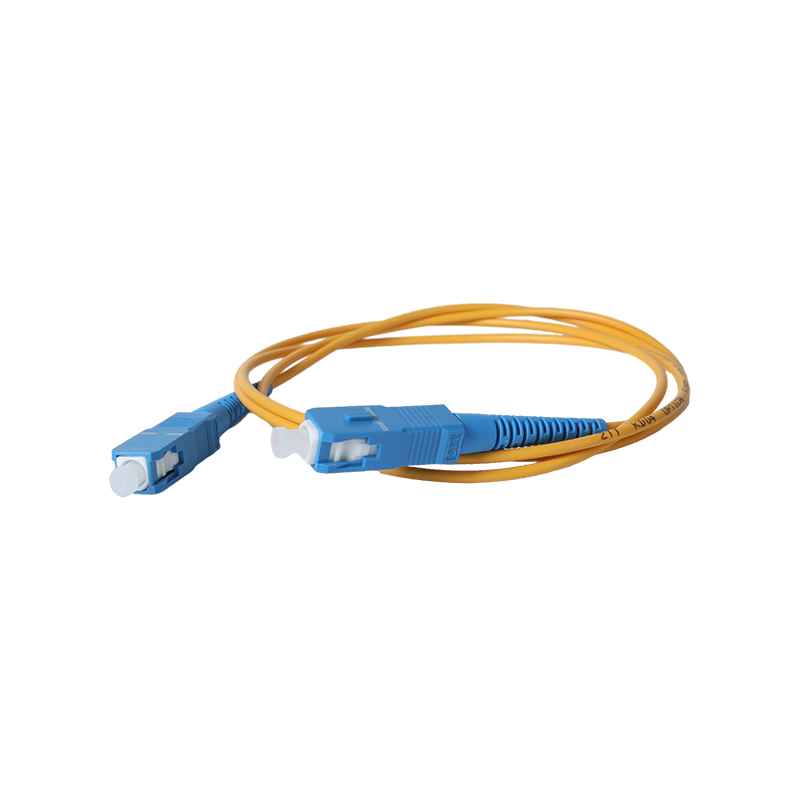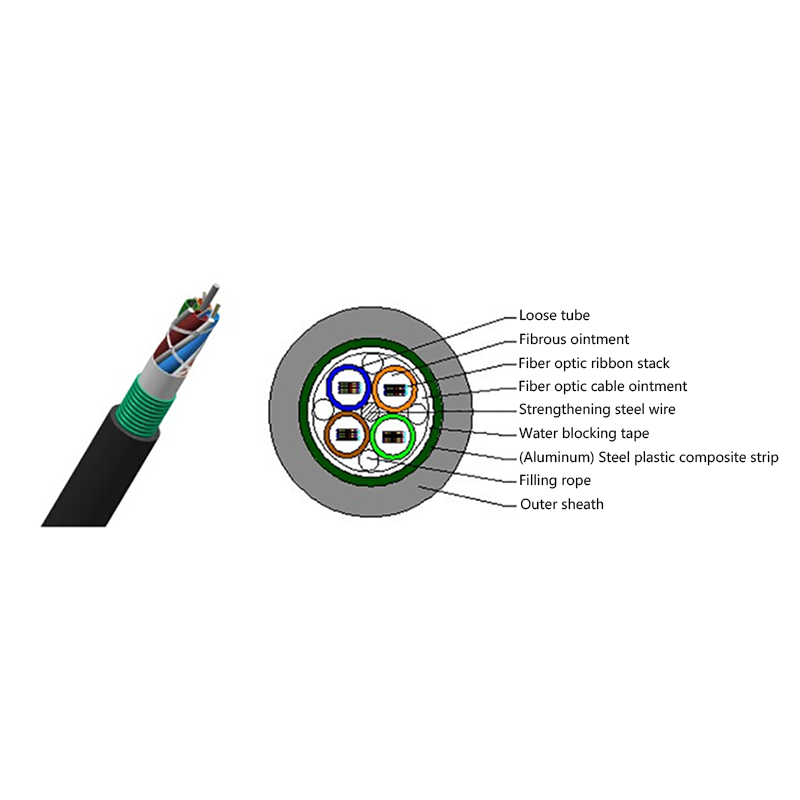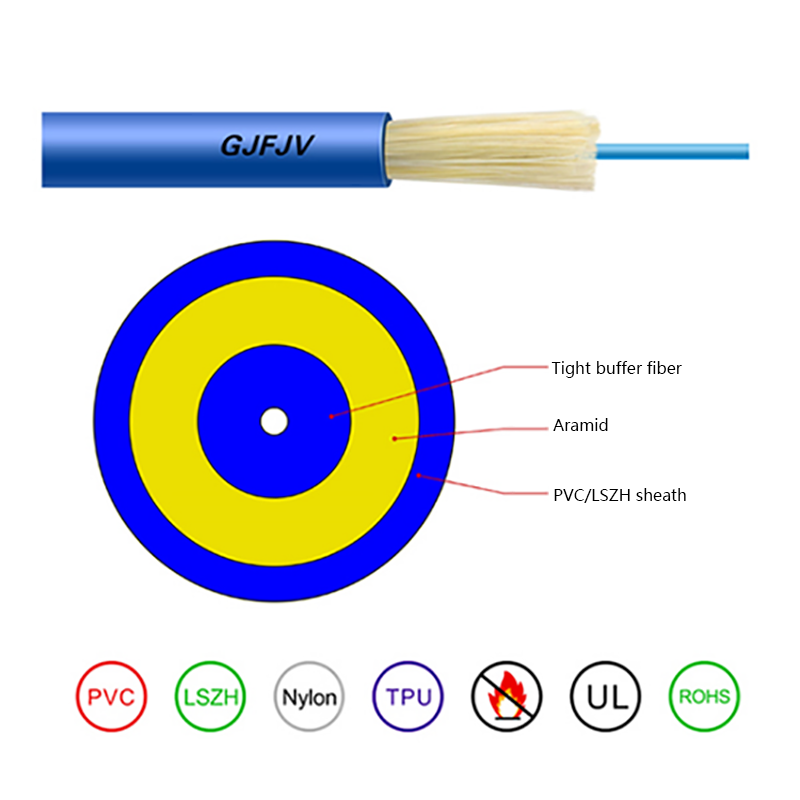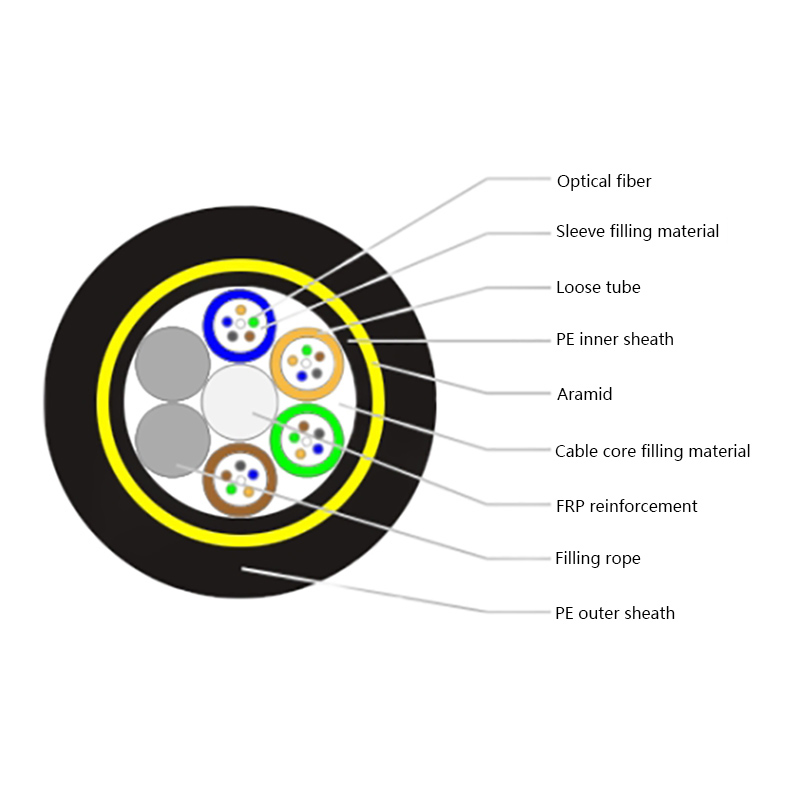The Unseen Backbone: Outdoor Layer Stranded Optical Cables
In today’s hyperconnected world, the quiet workhorses of digital infrastructure don’t demand the spotlight — but they deserve it. Outdoor layer stranded optical cables are one such silent powerhouse, quietly enabling high-speed data transmission across vast distances and unpredictable terrains. They are not just cables; they are the circulatory system of modern communication networks.
Engineered for the Extremes
Outdoor layer stranded optical cables are designed with one purpose in mind: to perform flawlessly under pressure. Harsh weather? No problem. Biting cold, scorching heat, high humidity, torrential rain — these cables laugh in the face of adversity. Their outer jackets are fortified with rugged polyethylene or UV-resistant materials, shielding the core from moisture, mechanical strain, and rodent intrusions.
But what makes them truly exceptional is their layered, stranded construction. Optical fibers are arranged helically around a central strength member, forming a design that offers exceptional tensile strength and flexibility. This strategic configuration absorbs environmental stress without distorting signal integrity — a critical requirement for maintaining performance in challenging outdoor conditions.
The Core of High-Speed Connectivity
At the heart of these cables lies precision-engineered optical fiber — ultra-thin strands of glass or plastic that transmit light signals with staggering speed and minimal loss. Single-mode fibers, often used for long-haul transmission, provide immaculate clarity over dozens of kilometers. Multi-mode variants, optimized for shorter runs, offer robust throughput for campus networks and metropolitan installations.
Each strand is buffered, gel-filled, or dry-blocked to resist water ingress. The gel-filled type repels moisture with a hydrophobic barrier, while dry-blocked cables utilize water-swellable tape or powder — eliminating mess and simplifying maintenance.
Adaptability Across Terrains
Whether it's buried underground, strung aerially on utility poles, or laid in ducts across cities, outdoor layer stranded optical cables adapt seamlessly to their environment. Their versatility is unmatched. Reinforced with steel wires or aramid yarns for added tensile strength, they are built to withstand not only natural stress but also the wear and tear of installation and long-term operation.
In seismic zones or high-wind areas, their stranded construction provides additional resilience by allowing controlled fiber movement — minimizing the risk of breakage during shifting or tension. When paired with anti-buckling elements, these cables can endure temperature swings without compromising signal quality.
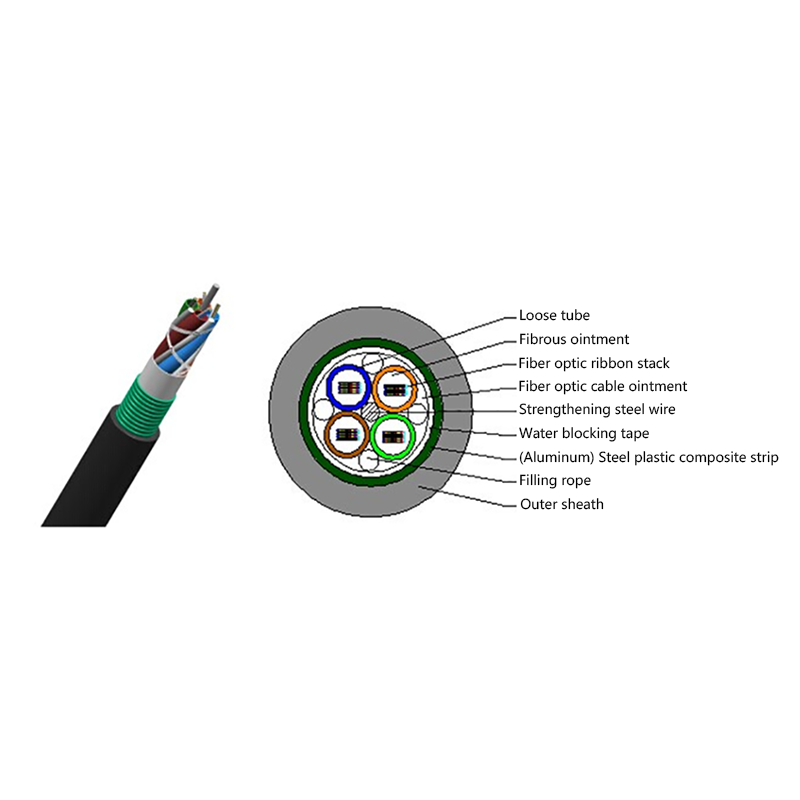
Scalability Meets Durability
With bandwidth demands increasing exponentially, future-proofing is not a luxury — it’s a necessity. Outdoor layer stranded optical cables offer high fiber counts in compact diameters, enabling scalability without infrastructural overhaul. They’re often deployed in backbone networks, 5G fronthaul systems, and mission-critical communication lines — where downtime isn’t just inconvenient; it’s unacceptable.
Furthermore, these cables are engineered for longevity. With a life expectancy of 25 years or more under proper installation and routine inspection, they promise years of uninterrupted performance. For enterprises and municipalities investing in long-term network infrastructure, this reliability translates into undeniable ROI.
The Unsung Champion of Connectivity
Outdoor layer stranded optical cables might not be glamorous. They don’t blink, beep, or display data in fancy dashboards. But they are the silent sentinels of our digital age — enduring, enabling, and empowering every gigabyte that traverses the world.
In a landscape where reliability is paramount and data traffic is relentless, these cables form the gold standard of outdoor fiber infrastructure. Rugged, resilient, and ready for tomorrow — they are the cables that connect everything, everywhere.



 English
English русский
русский Español
Español عربى
عربى 中文简体
中文简体



